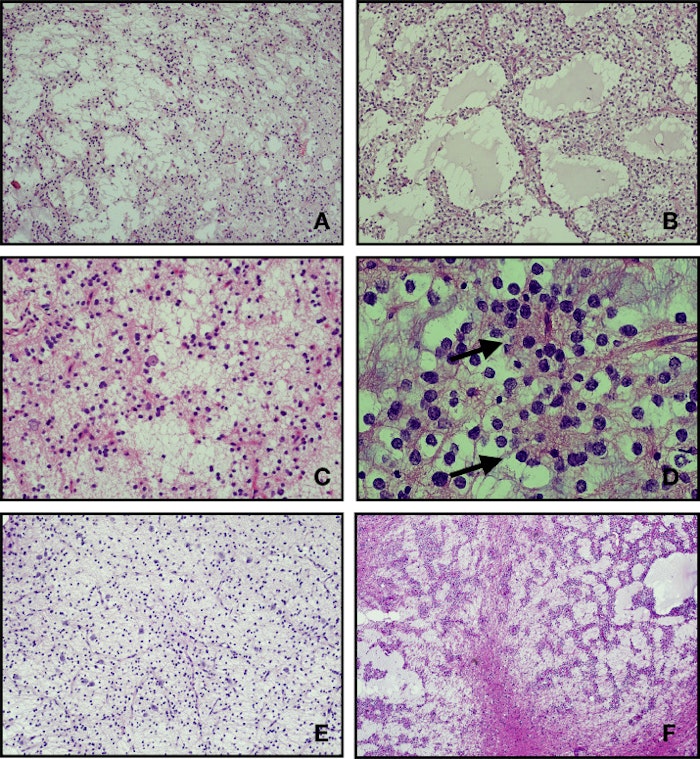Myxoid glioneuronal tumor: Histopathologic, neuroradiologic, and molecular features in a single center series
C. Caporalini a, M. Scagnet b, L. Giunti c, V. Cetica d, D. Mei d, V. Conti d, S. Moscardi a, L. Macconi e, F. Giordano b, L. D'Incerti e, L. Genitori b, R. Guerrini d, A.M. Buccoliero a

Abstract
Myxoid glioneuronal tumor (MGT) is a non-cancerous type of brain tumor that was recently added to the World Health Organization (WHO) classification of central nervous system (CNS) tumors. MGTs are usually found in specific areas of the brain, such as the septum pellucidum, foramen of Monro, or periventricular white matter of the lateral ventricle. They used to be classified as dysembryoplastic neuroepithelial tumors (DNT), but MGTs have a unique genetic variation that distinguishes them from other types of CNS tumors. This variation involves a specific mutation in the platelet-derived growth factor receptor alpha (PDGFRA) gene that has never been found in any other type of brain tumor.